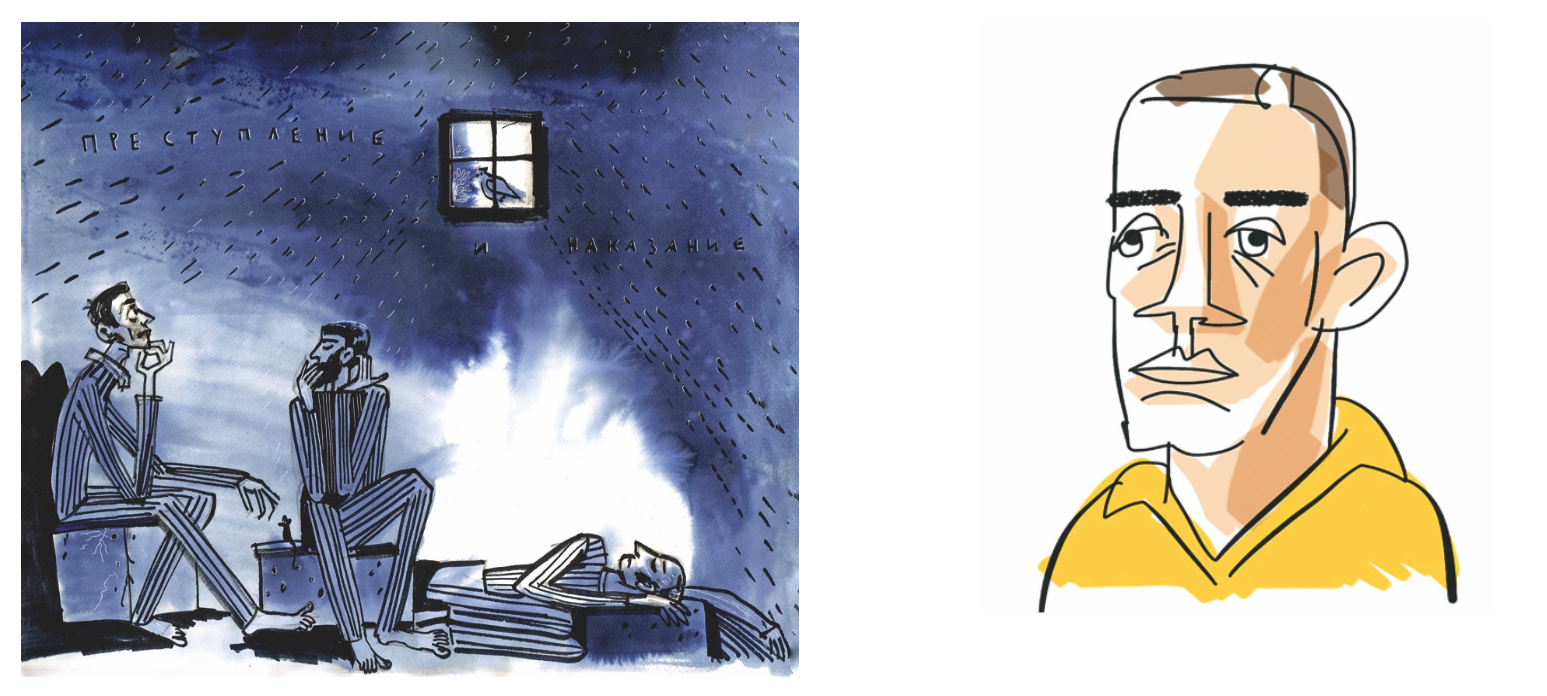"Deathwatch (or High Surveillance)" (1949)

Deathwatch (or High Surveillance) by Jean Genet
Critics and readers regard the phenomenon of Jean Genet with caution: a vagabond, a thief, who only by chance escaped a life sentence. For a long time, Genet’s works were seen as examples of naturalistic autobiographical prose, marked by piercing cynicism and pessimism.
The polyphonic theatricalization of reality as the foundation of dramatic conflict in Genet’s works was highly praised by André Gide, Jean-Paul Sartre, and Jean Cocteau. It is difficult to attribute the writer's work to a certain aesthetic direction; it is impossible to consider the ideological and artistic uniqueness of his works outside the context of existential drama, philosophy of the absurd and ‘theatre of cruelty’. Genet’s dramatic language is distinguished by its original metaphorical richness and baroque extravagance. His provocative theory of a "theatre in the cemetery" is deeply associated with ritual symbolism.
Green-Eyes (Yeux-Verts), one of the most authoritative figures in the prison, committed murder and was sentenced to death. The convict shares the circumstances of his crime with his cellmates, Maurice and Lefranc, but omits the fact that it was premeditated. According to the French Penal Code of 1810, which remained in force until 1944, the death penalty was imposed on anyone who committed premeditated murder—defined as the intent to take the life of a specific person, even if that intent was contingent on certain circumstances or conditions.
The struggle for Green-Eyes' attention and approval culminates in a violent fight, where Lefranc murders Maurice. Under the provisions of French criminal law, Lefranc—who was soon to be released—would now face a sentence of lifelong hard labor for the premeditated murder of his cellmate.
Jean Genet’s protagonist is a helpless, solitary figure, lost among the warped mirrors of a faceless reality. This explains the tragic despair, the distortion of truth, the duality of worlds, and the psychotherapeutic attempts to purge his personal trauma. Deathwatch is a one-act play about life inside a prison cell. Its plot is profoundly challenging to interpret, and the playwright might have been accused of licentiousness and immorality—were it not for a crucial stage direction: the events are but the fevered delusion of a prisoner awakening from a nightmare. Genet’s drama is a reflection on social and moral downfall.
The characters of Deathwatch are lost souls struggling to survive under terrible prison conditions. Snowball—a mysterious inmate convicted of murder—becomes their ideological inspiration: for Lefranc the thief, young Maurice, and illiterate Green-Eyes, brute force becomes the ultimate justification for their exclusive "right" to commit crimes. Even within his prison cell, Lefranc desperately tries to prove his belonging to this world of cruelty, emulating his bloody idols. Genet traces his characters' tragic path with Dantean inevitability: incapable of enduring moral trials, they descend into a private hell of fear, nightmares, and utter isolation.
Signs and Symbols in the Illustration
French Criminal Law (19th to mid-20th century)